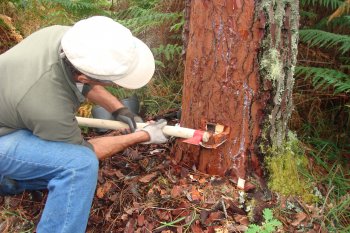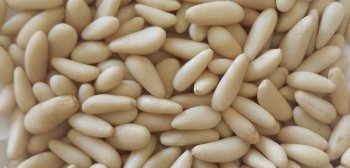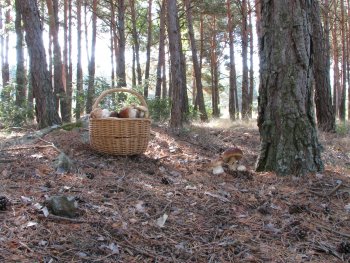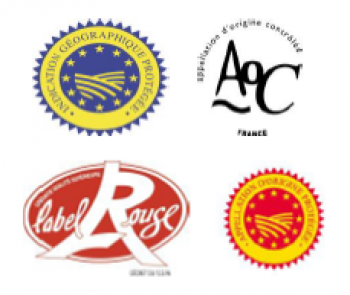SiResin - Resin Information System
Submitted by Paula Soares on 30 July 2019|
The Decree-Law nº 181/2015, defines the legal regime for the resin activity and circulation of pine resin in Continental Portugal. The regime requires prior notification to the Portuguese Institute for Nature Conservation and Forestry (ICNF) of resin tapping, resin import and export, resin transportation and storage and resin used by 1st transformation industry. The communication is made online through the Resin Information System (SiResin): |








